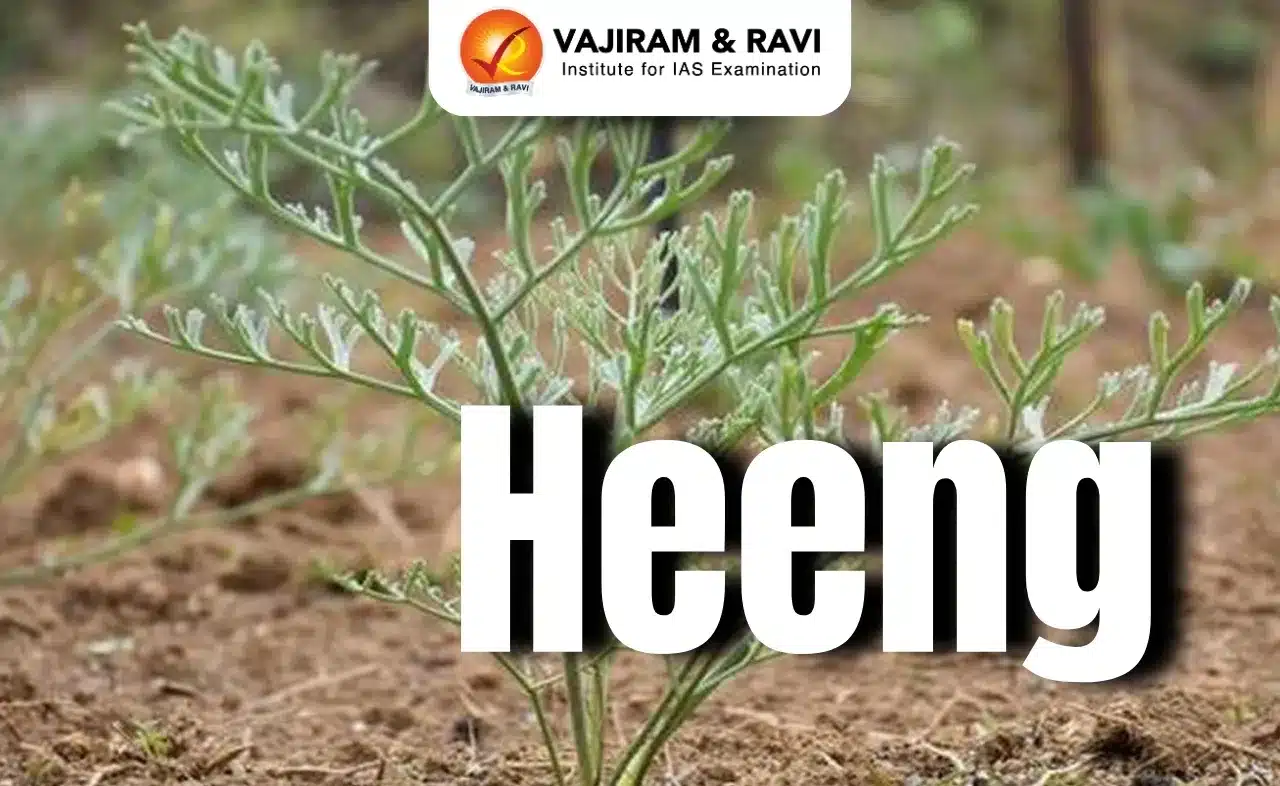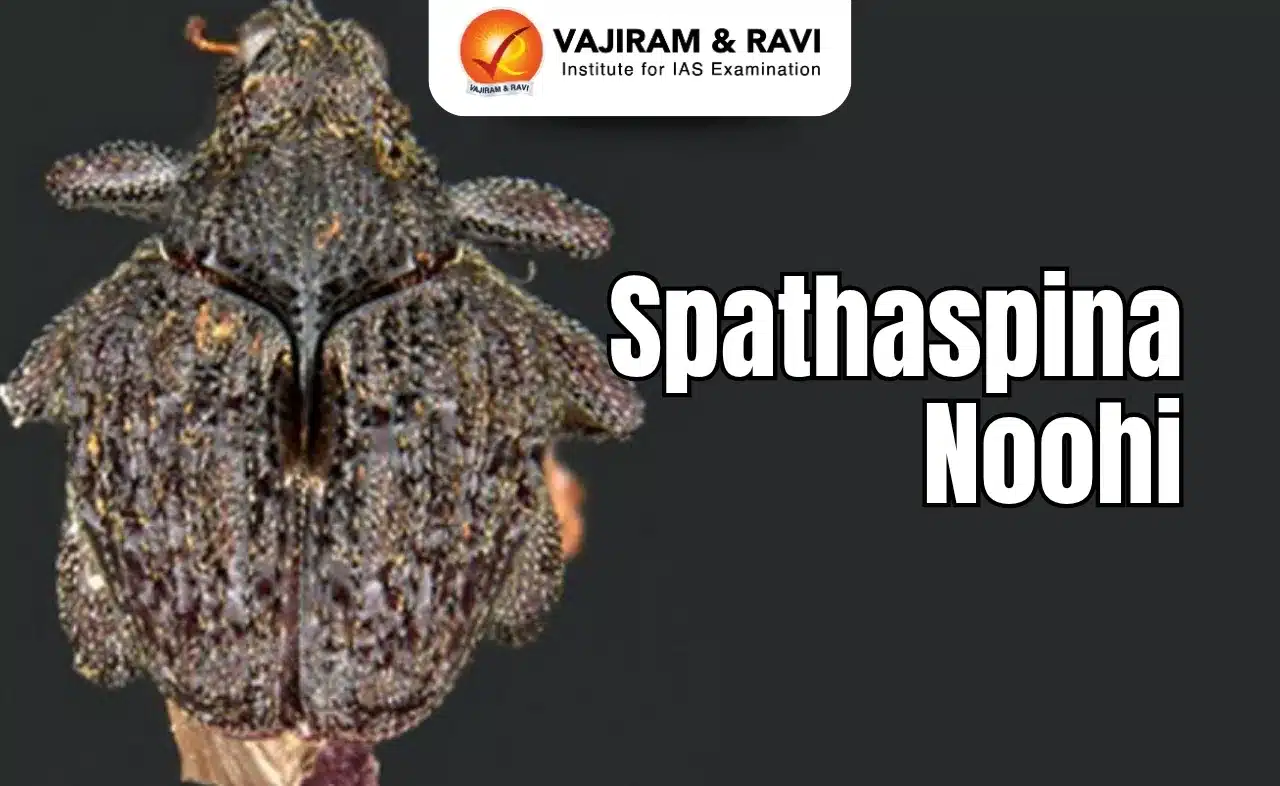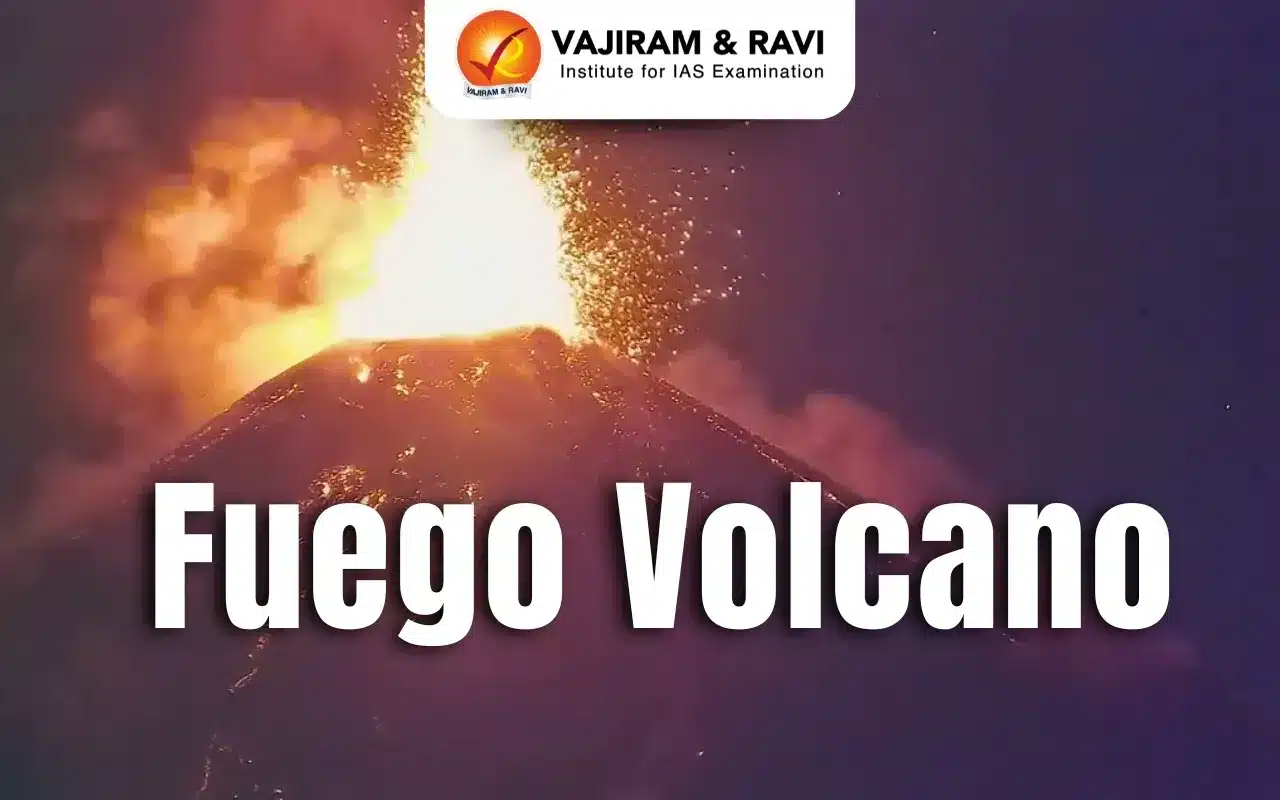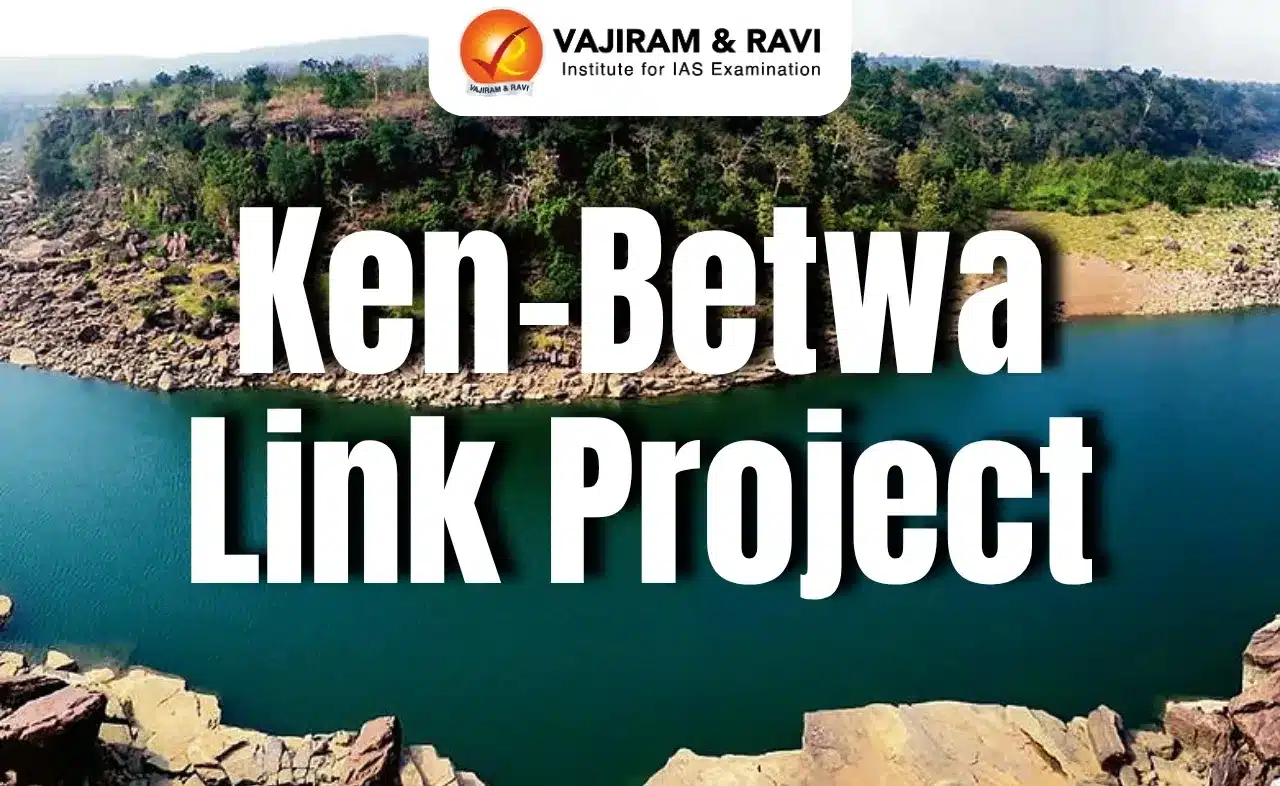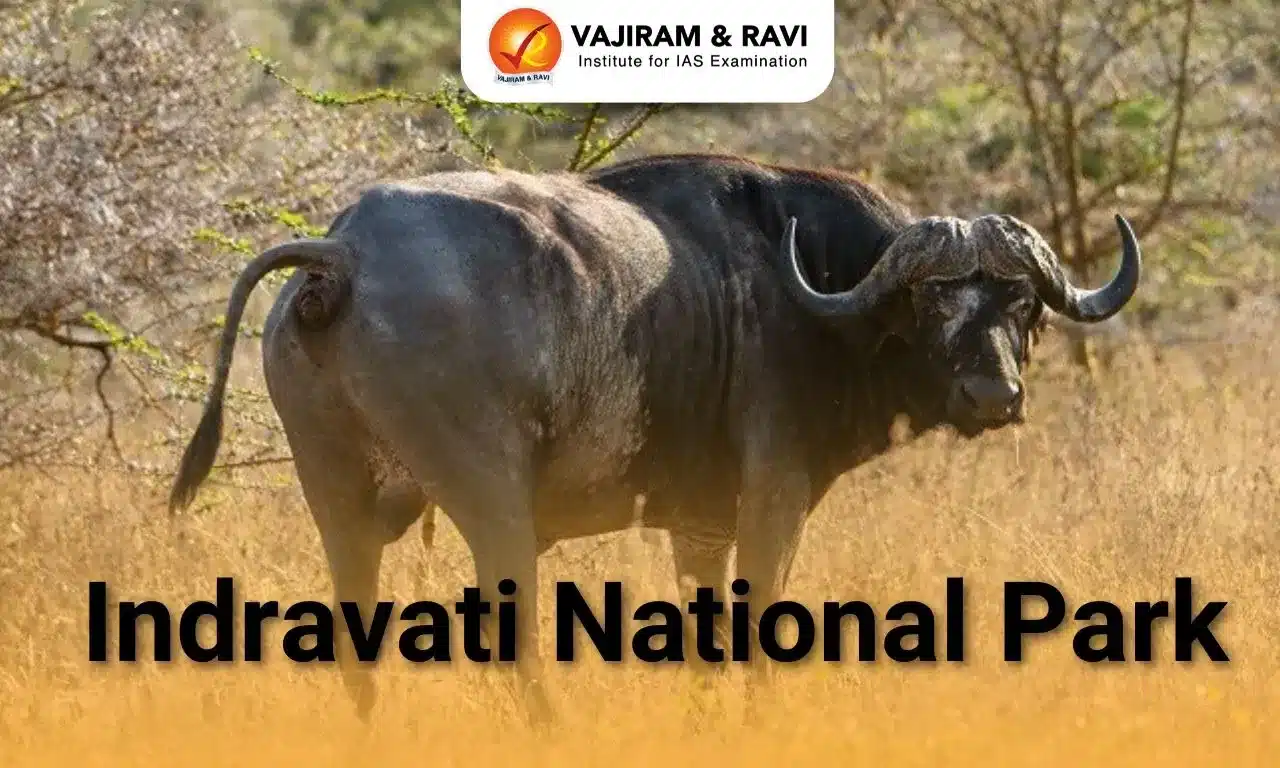Heeng Latest News
Recently, the first flowering and seed set of Heeng or asafoetida (Ferula assa-foetida) heengat Palampur was reported on by CSIR, showing heeng can indeed be successfully cultivated in India.
About Heeng
- It is a perennial plant that typically takes five years to mature and start flowering.
- It thrives in cold, arid environments suited to the native regions in Iran, Afghanistan, and Central Asia.
Required Climatic conditions for Heeng
- Soil: The plant prefers sandy, well-drained soil with low moisture.
- Rainfall: Ideally requires annual rainfall of 200 mm or less, though it can tolerate up to 300 mm in cultivated regions like the Indian Himalaya.
- Temperature: It flourishes in temperatures of 10-20° C, tolerates highs of up to 40° C, and withstands winter lows down to –4° C.
- In extremely dry and cold weather, heeng plants typically become dormant to survive.
Extraction of Heeng
- The final product obtained from the plant, asafoetida, is derived from an oleo-gum resin extracted from the plant’s thick, fleshy taproot and rhizome, which makes up 40-64% of the dried gum.
- Incisions are made in the taproot, allowing the milky latex to exude and harden into a gum-like substance.
- This resin is dried and processed into powder or crystal form for culinary and medicinal use.
Heeng Cultivation in India
- India depended on imports from Afghanistan, Iran, and Uzbekistan, among others.
- Although there are about 130 species of Ferula found in the world, but only Ferula assa-foetidais the economically important species used for the production of asafoetida.
- In India, we do not have Ferula assa-foetida, but other species Ferula jaeschkeana is reported from the western Himalaya (Chamba, HP), and Ferula narthex from Kashmir and Ladakh, which are not the species that yield asafoetida.
Heeng FAQs
Q1: What are the benefits of Heeng?
Ans: Being a rich source of carbohydrates, hing promotes metabolism. It is extremely beneficial in maintaining digestive health, promoting heart health and in improving brain function
Q2: Which state is famous for Heeng in India?
Ans: Himachal Pradesh
Source: TH

